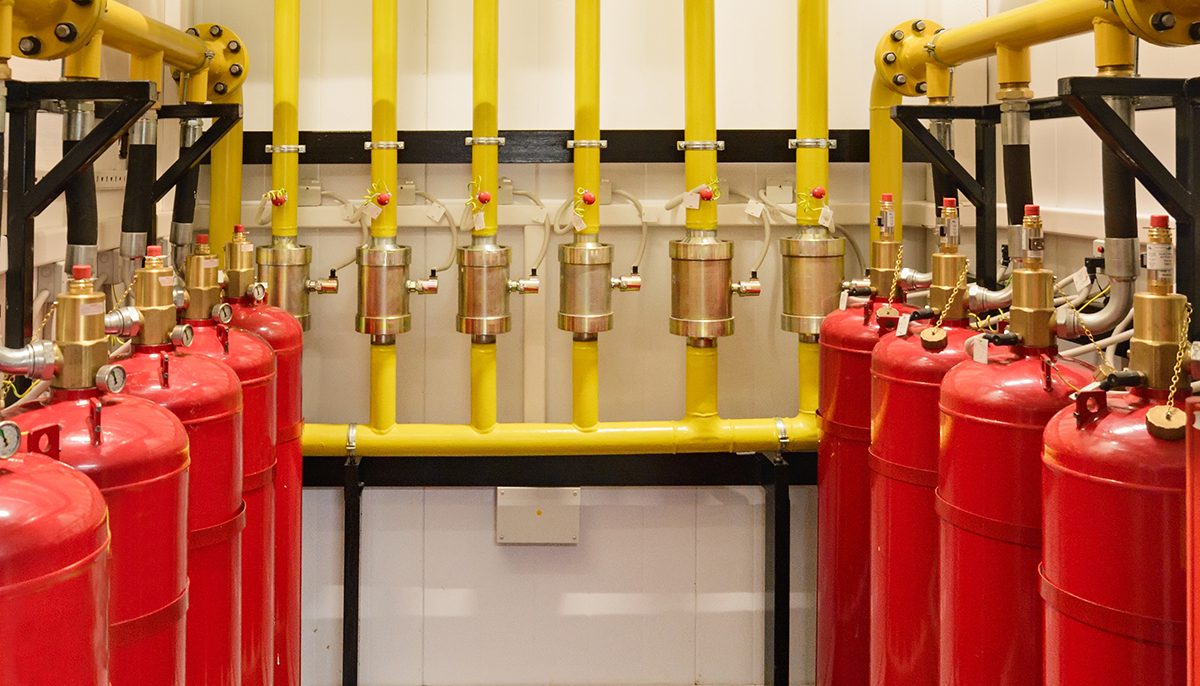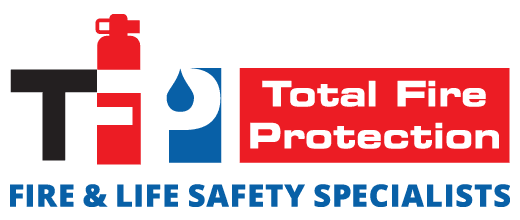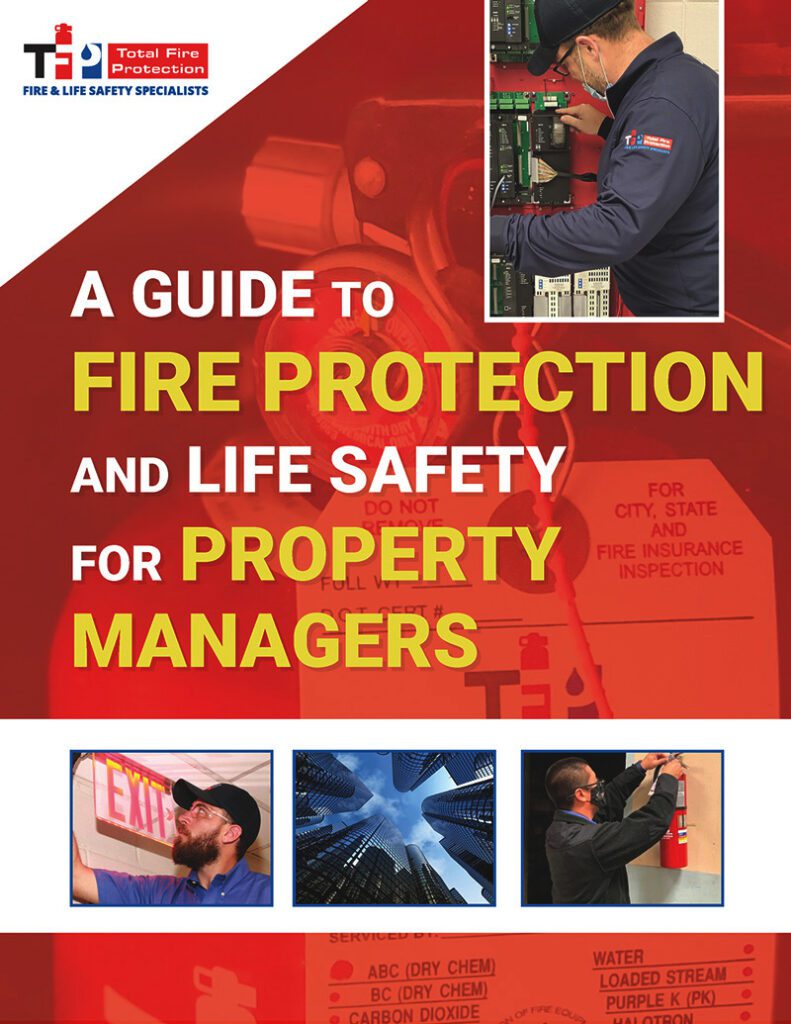Fire Sprinkler Systems
 Fire sprinkler systems – also known as Automatic Extinguishers Systems (AES) – provide 24-hour protection from fire without being manned or monitored. It is widely accepted that an AES is the single most effective tool for extinguishing fires in their early stages. They are designed to stop fires before they grow and spread, preventing harm to people and property.
Fire sprinkler systems – also known as Automatic Extinguishers Systems (AES) – provide 24-hour protection from fire without being manned or monitored. It is widely accepted that an AES is the single most effective tool for extinguishing fires in their early stages. They are designed to stop fires before they grow and spread, preventing harm to people and property.
But how effective and reliable are fire sprinkler systems at putting out fires and protecting your building, property, and occupants?
Below we’ll discuss how an AES works, statistics on how effective they are in the real world, and what you can do to keep your sprinklers working optimally.
How an AES Works
A sprinkler system is powered by its water supply, which provides adequate pressure and flowrate into its piping system and out its sprinkler heads. Each sprinkler in the sprinkler system is designed and calibrated to activate only when the temperature of the area below the sprinkler head reaches that of fire (155° F). When a fire starts and the area reaches 155° F, the sprinkler head(s) in that immediate area release pressurized water. This water slows down the fire to minimize damage and prevent injuries before the firefighters arrive. In most cases, the sprinkler closest to the fire is the only sprinkler that activates. This leaves the rest of the building dry and protected. Contrary to popular belief, an AES does not activate in response to smoke, smoke alarms, burnt food, or steam.
An AES is installed based on the occupancy of a building, the building’s propensity for fire, and what is stored in the building. The bigger a building is, and the greater its potential for fire is, the more robust its sprinkler system will be. Additionally, if the building houses equipment or property that can be damaged by water, it will likely be installed with a clean agent system. Clean agent systems extinguish fires using inert gas rather than water.
Newer buildings are typically built with fire sprinkler systems. However, many older buildings are built without sprinklers heads, drastically decreasing the ability to put out fires before they spread.
If your building needs a sprinkler system installed, contact an expert installer immediately.
Statistics on Fire Sprinkler Systems
In 2021 the NFPA released research that discussed in detail the effectiveness of fire sprinkler systems in the real world. Below are some statistics from that report:
“Sprinklers reduce the impact of fires.”
- Civilian fire death rates from 2015-to 2019 were 89 percent lower when sprinklers were present than in reported fires with no AES.
- Civilian injury rates from 2015-to 2019 were 27 percent lower when sprinklers were present than in reported fires with no AES.
“One sprinkler is usually enough to control a fire.”
- In 77 percent of fires where sprinklers operated, only one sprinkler was activated. In 97 percent of fires, five or fewer sprinklers were activated.
- Flame damage was confined to the room of origin in 95 percent of fires compared to 71 percent of fires without AES.
This means fire sprinklers are highly effective at containing fires around their origin. By containing the fire and the release of water, the rest of the building remains protected.
“Sprinklers are reliable.”
- Sprinklers operated in 92 percent of the fires large enough to activate them. Of those fires, sprinklers effectively controlled 96 percent of the fires.
Additionally, the average loss to a building with sprinklers is 34-68 percent lower than buildings without AES. This is because the damage caused by an AES is far less costly than the damage caused by a fire-fighting hose, smoke, and fire.
How to Keep Your AES Working Optimally
As you can see, an AES is exceptionally effective and reliable for protecting your building, property, and occupants from fire. However, your AES must be properly cared for to achieve these results. This means scheduling the required inspections and regular maintenance for your sprinkler system. Also, you will want to ensure all inspections and maintenance are performed by an experienced and trusted fire and life safety provider.
For 20 years, TFP has inspected and maintained fire sprinkler and suppression systems in commercial buildings of all sizes throughout the United States. Our highly-trained technicians are certified in all 50 states.
Want to have your sprinkler system inspected to ensure it is working optimally?





